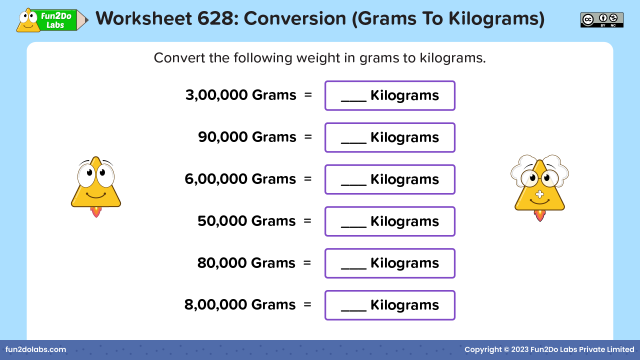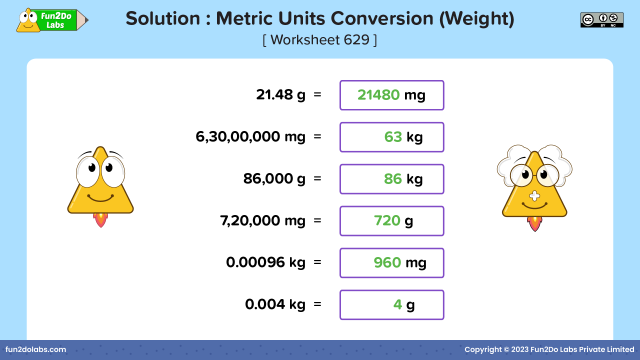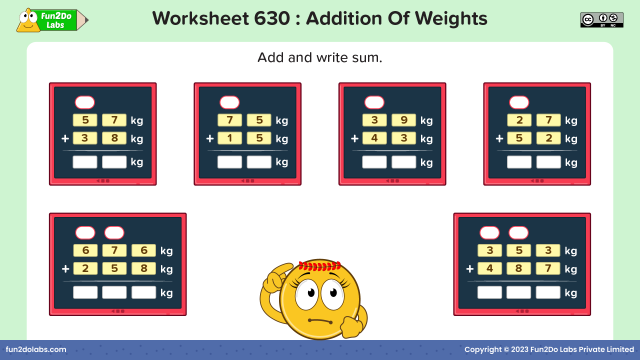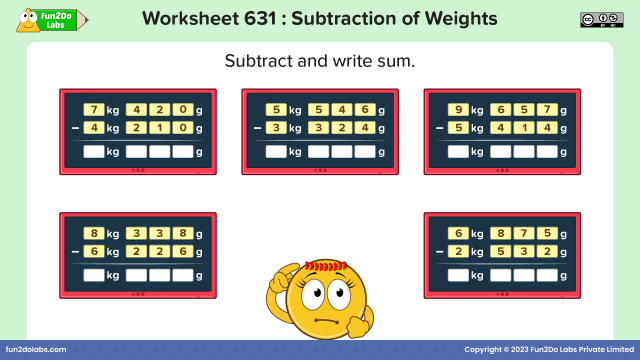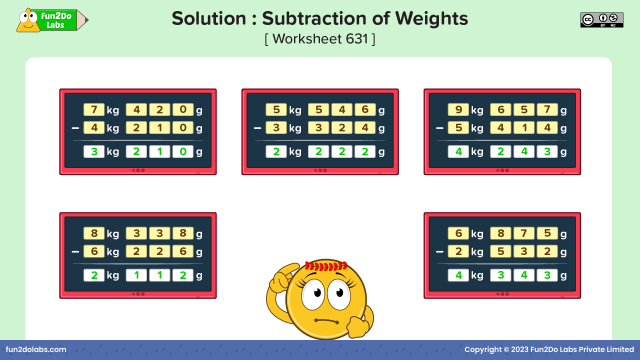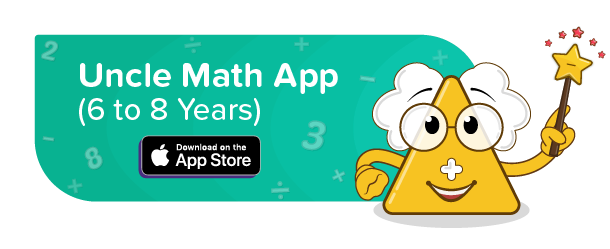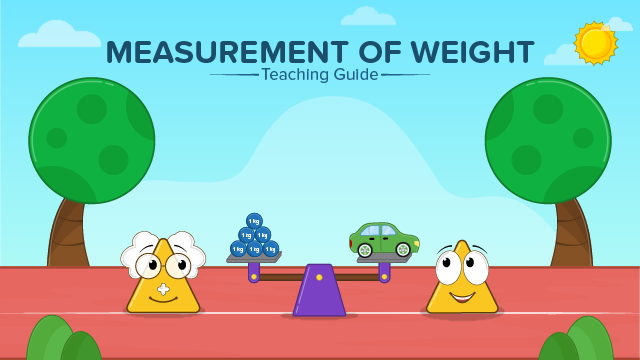
In pre-primary, children explore the foundations of the measurement of weight. They learn to differentiate between simple spatial concepts like heavy and light, building their understanding of how objects can be described in terms of weight.
An object that has a greater weight is classified as heavy, such as a whale or a truck. Conversely, an object with a lesser weight is referred to as light. Examples of light objects include feathers, dried leaves, and cotton. Additionally, we can compare multiple objects and ascertain which one is heavier or lighter.
This guide offers engaging teaching methods, such as animated stories and interactive activities, to make learning about the measurement of weight fun and meaningful.
Standard And Non-Standard Units :
There are two types of units for weight measurement, standard units, and non-standard units. Standard units have fixed measurements, while non-standard units vary. Non-standard units for weight can include comparing objects using hands or other personal references.

Non-Standard Units :
Non-standard units of measurement are employed to introduce early learners to the concept of measuring without relying on reading scales. Understanding how to read scales can be challenging, so non-standard measures are designed to help children grasp concepts like heavier, lighter, longer, and shorter before progressing to the use of standard units for measurement of weight.

Standard Units :
Standard units of weight, such as grams and kilograms, provide consistent measurements across different situations. The metric system, with units like grams and kilograms, and the imperial system, with units like pounds and ounces, offer different measurement options.
1 kilogram = 1000 grams


SI (International System) Unit
The SI (International System) unit for weight is the kilogram (kg), widely used in scientific and technical fields. Understanding the relationships between units, such as grams and kilograms, helps in accurate weight measurement.
Tools To Measure Weight
Various tools are used to measure weight, such as scales or balances. These instruments are also referred to as mass scales, weight measurement scales, mass balances, and weight balances. These tools enable us to quantify weight accurately and make comparisons.
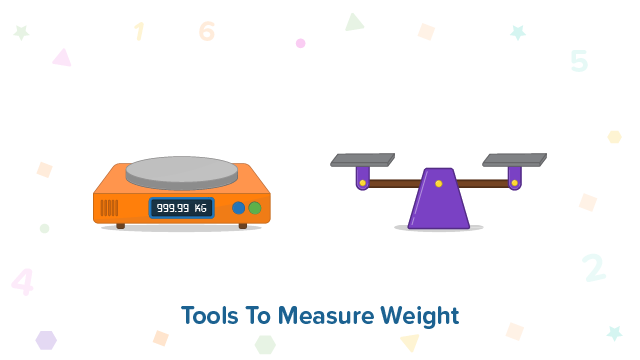
By developing the skill to measure weight and comprehending the different units of measurement, children gain a valuable tool to navigate and understand their environment more effectively. Let’s empower young learners with the knowledge and excitement of weight measurement!
Teaching measurement of weight with kid-friendly, clear, and easy-to-understand posters from Uncle Math School by Fun2Do Labs :
Ignite kids’ curiosity with engaging stories for role play and skits, making the learning of this concept an exciting and effective experience. Teaching measurement of weight through stories from Uncle Math School by Fun2Do Labs :
Learning the measurement of weight can be made enjoyable by incorporating interactive games and activities.
To give more practice with the measurement of weight, the following activity can be conducted :
- Distribute random objects of different weights like stones, feathers, erasers, sharpeners, and pencil pouches.
- Distribute them to children and instruct them to measure the weight of the objects by standard and non-standard units.
- Provide a measuring scale to measure by standard units and blocks to measure by non-standard units.

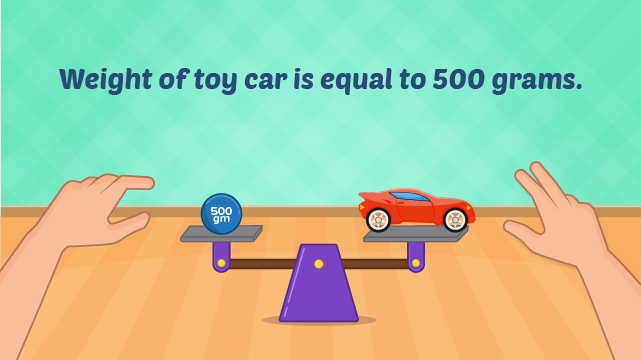

Help your kids practise measurement of weight with interesting and engaging fun worksheets and solutions from Uncle Math by Fun2Do Labs.


